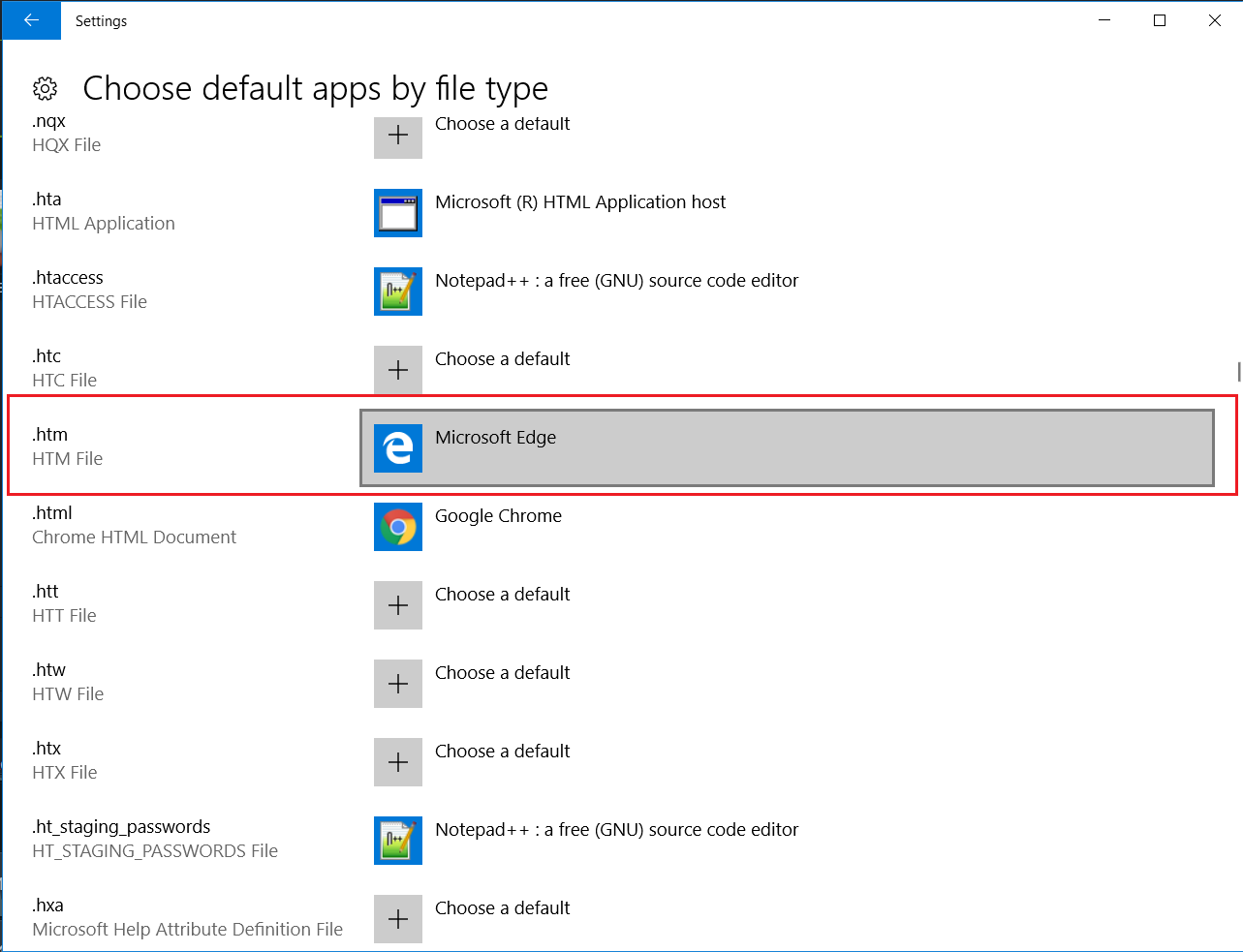

Citrix VDI Handbook for XenApp and XenDesktop 7.Some Microsoft Teams users have questions about how Teams uses memory.Windows 10 Bandwidth Estimates for XenDesktop.Windows 10 Optimization - Part 3 - Scheduled Tasks.Most of these stars… /i/web/status/1… 2 weeks ago Try not to scare the babies when visiting the stellar nursery NGC 7129. What's WEM you ask? U… /i/web/status/1… 1 week ago It makes it easy to assign WEM Configs to machine catalogs. Scary guy TekGuyAllen identifies his favorite scary movie, his best Hallo… /i/web/status/1… 1 week ago Or are you celebrating both days together? 1 week ago Here'… /i/web/status/1… reillyusa You tired from celebrating "Cranky Co-Worker Day" or "National American Beer Day"?

What you should do to make #DaaS even better? #Azure Virtual Desktops ( #AVD) = Good foundation for #DaaS.So, whether your users all run XenApp/XenDesktop, or only subset uses XenApp/XenDesktop, the Citrix Realtime Optimization Pack will still be an improvement over the default install in the RDS/VDI world. This is because the user who utilizes a virtual desktop still has the media engine on their local endpoint while the traditional PC user has the default Skype for Business client. Although the Skype for Business client is still on the virtual desktops, we’ve moved the media engine to the local end points for processing, while still making it appear that the video is executing on the virtual desktop.Īnd finally, we look at the architecture when we have one user running Citrix XenApp/XenDesktop with the Realtime Optimization Pack for Skype for Business and another user is using a traditional PC with the native Skype for Business client.Īgain, look at the voice & video path, it still occurs between the two endpoints. This time, the voice and video occurs between the two end points. Second, we look at the architecture when we use the Citrix Realtime Optimization Pack for Skype for Business First, let’s look at Native VDIĪs you can see, the audio & video occurs between the two virtual desktops as the Skype for Business client is installed on the virtual desktops. I find a few pictures makes the entire solution easier to understand. What happens if one user is using VDI and the other is on a traditional PC? You show the optimization occurring between two users who are both using VDI. Recently, as I was talking about this feature, I was asked the following question: With the optimization pack, CPU utilization on the processor is negligible while the overall user experience is identical to that of a traditional PC. As you could see from the video, Citrix is able to deliver Skype for Business to RDS/VDI users with XenApp and XenDesktop. I recently posted a blog and video about the new Citrix Realtime Optimization Pack for Skype for Business.


 0 kommentar(er)
0 kommentar(er)
